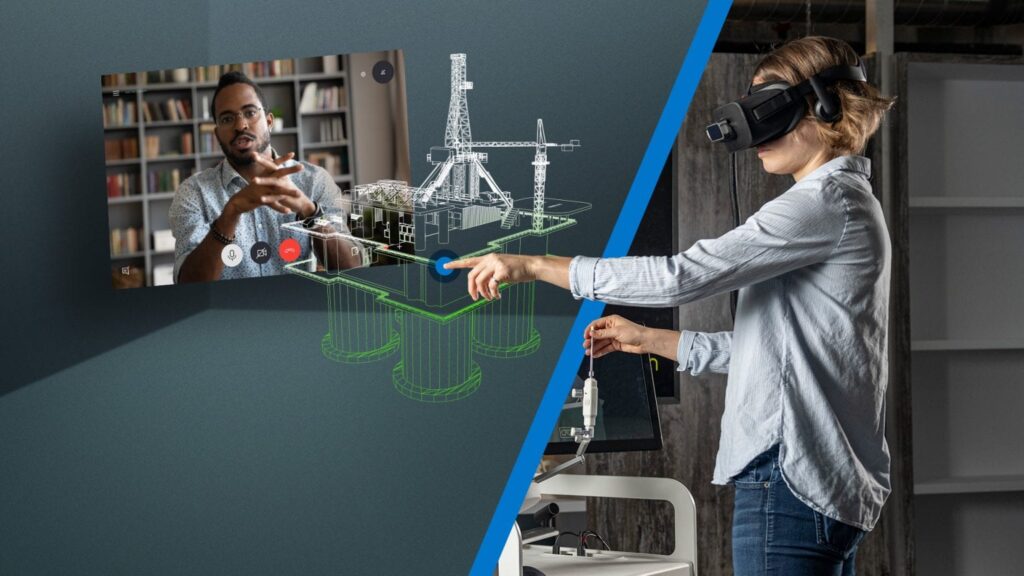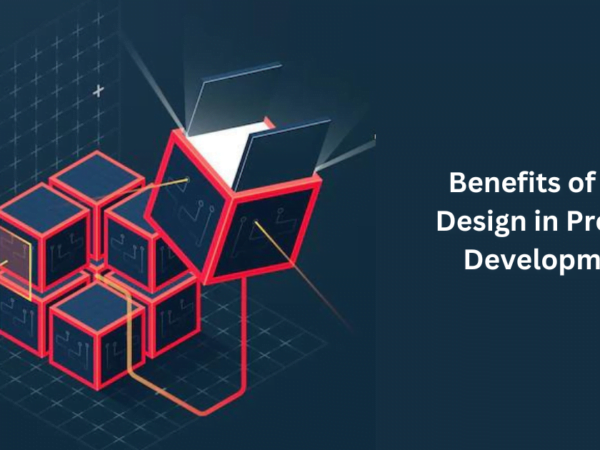
The design industry is undergoing a steady and impactful transformation because of computer-aided design tools. Gone are the days when designers used to take over two static days to draft and design models. Industry experts are thanking CAD 2.0 for its dynamic ecosystem, where artificial intelligence plays an important role.
Key Features of CAD 2.0
The next generation of computer-aided designs consistently transforms how industry leaders visualize the design sector. With its latest technological integrations, expert designers can easily streamline their workflow and produce better results.
Here are some significant features of CAD 2.0:
– AI-Powered Design Automation
When CAD tools are integrated with AI, the 3D model designs carry variations. Expert design professionals consider AI-driven CAD software helpful. That’s because it analyzes an expansive dataset and generates designs automatically.
Furthermore, these analyzing features empower the CAD software to produce several design types quickly. The next-generation computer-aided design tools navigate data history and user feedback to produce designs that match industry demands. This way, the design process quickens and inspires designers to get creative.
It’s worth noting that machine learning algorithms improve design accuracy. It reduces human errors and saves manufacturing costs.
– Real-Time Collaboration and Remote Work
Advanced CAD programs come with real-time collaborative features. It allows designers, engineers, and business owners to collaborate and exchange ideas in real time, regardless of location. This functionality allows the team to suggest changes and modify the design.
Experienced designers have opined that real-time collaboration tools minimize errors and chances of misunderstandings. It further enhances communication among team members, encouraging a seamless exchange of data and ideas among clients and designers.
The AI-powered CAD system enables users to interact with the software using voice commands. This streamlines feedback and the design process.

– Advanced Simulation and Analysis Tools
CAD 2.0 features an advanced simulation tool, enabling designers to analyze the behavioral patterns of a product design. Such analysis also allows industry owners and other stakeholders to understand the properties of the design and suggest changes likewise. The AI-powered system can analyze factors like structural integrity and energy efficiency to suggest optimization strategies.
The software’s predictive analysis points out the problems in product performance. It also creates sustainable designs and reduces manufacturing costs by optimizing a material’s use.
It also allows the simulation and analysis tools to conduct virtual prototyping. The tools also identify potential flaws early in the design process and accelerate prototyping.
– Integration with IoT and Industry 4.0
CAD 2.0 integrated with IoT speeds up smarter manufacturing facilities. The IoT, or Internet of Everything, simplifies data exchange and enables designers to collaborate and interact in real-time.
The IoT enables designers to connect COF with varied devices. This facilitates the designers accessing datasets, analyzing them, and gathering information as a part of the pre-manufacturing process. Besides streamlining the workflow, the IoT-embedded computer-aided designs enhance your decision-making skills.
When CAD is aligned with Industry 4.0, you will be able to create a data-driven design. This setup enables engineers to create innovative and improved models.
Benefits of CAD 2.0
CAD 2.0 is not just a tool. It’s a strategically built system that drives workflow and innovation together. Here are a few ways industries have benefited from design automation:
– Increased Design Efficiency and Productivity
With the help of diverse advanced technologies, CAD 2.0 can automate repetitive tasks. Besides generating templates for essential functions, the generative design functionality simplifies the design process and allows the design consultants to focus on other primary components.
CAD 2.0 also comes with advanced features like the in-built measuring tools. It enables designers to create complex designs without wasting time. The measuring tools help in rapid copying and modifications, making the design process quick.
Industry experts have said that this tool has helped them focus more on their creativity. The platform facilitates automation and gives designers time to strategize their designs.
– Improved Product Quality and Innovation
Advanced CAD software ensures that designers can produce high-standard results with creativity. The tools improve product precision and minimize human error.
Furthermore, the algorithm ensures higher accuracy by pointing out potential flaws. Such a setup comes in direct contrast to traditional and manual drafting.
Robust prototyping for visualization purposes, helping designers to test the product before manufacturing. The design experts use it to simulate designs and quicken the design process.
– Reduced Time-to-Market
One of the significant advantages is the real-time collaboration features. The CAD 2.0 speeds up the design process by automation. In most cases, cutting-edge technologies reduce manufacturing hours and prevent designers from reworking the generative designs.
The collaborative feature has benefitted engineers who need to be in constant touch with clients and manufacturers across the world. Through this tool, the entire team can seamlessly communicate and modify the designs without any misunderstandings.
– Enhanced Decision-Making with Data-Driven Insights
Modern generative designs are often integrated with PLM, or Product Lifecycle Management. It gives designers comprehensible data visibility, allowing stakeholders or designers to make informed decisions. Almost 66% of large corporations have said that PLM integration has improved their productivity.
In a nutshell, computer-aided design software enables designers to have better communication and design-tracking methodologies.
Conclusion
Computer-aided design has evolved and displayed a paradigm shift in how designers plan, conceptualize, and develop model designs. AI in CAD models has finally bridged the gap between imagination and reality. This arrangement enables engineers and designers to push boundaries, get creative, and produce effective results. Furthermore, business owners are seeing the industry’s future in CAD 2.0, powered by artificial intelligence, advanced technologies, and more.
Do you want to leverage the power of CAD 2.0? Get in touch with the world-class design and drafting service provider—Shalin Designs. They house an expert team of designers who create innovative designs for varied industries.
Contact Shalin Designs today and experience how your ideas turn into an optimized reality.



